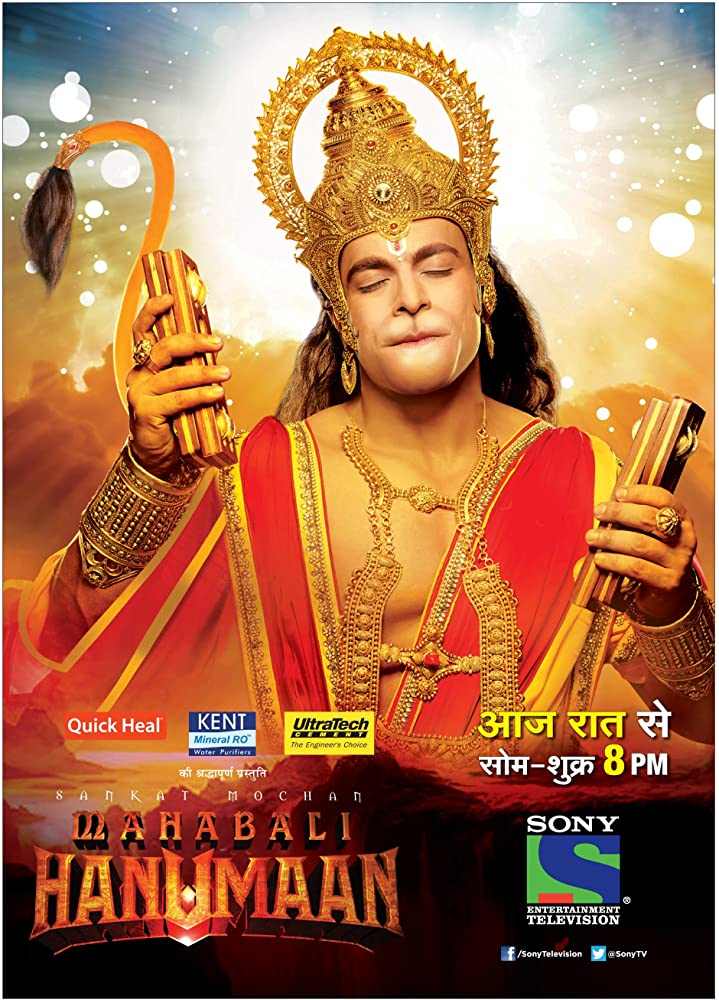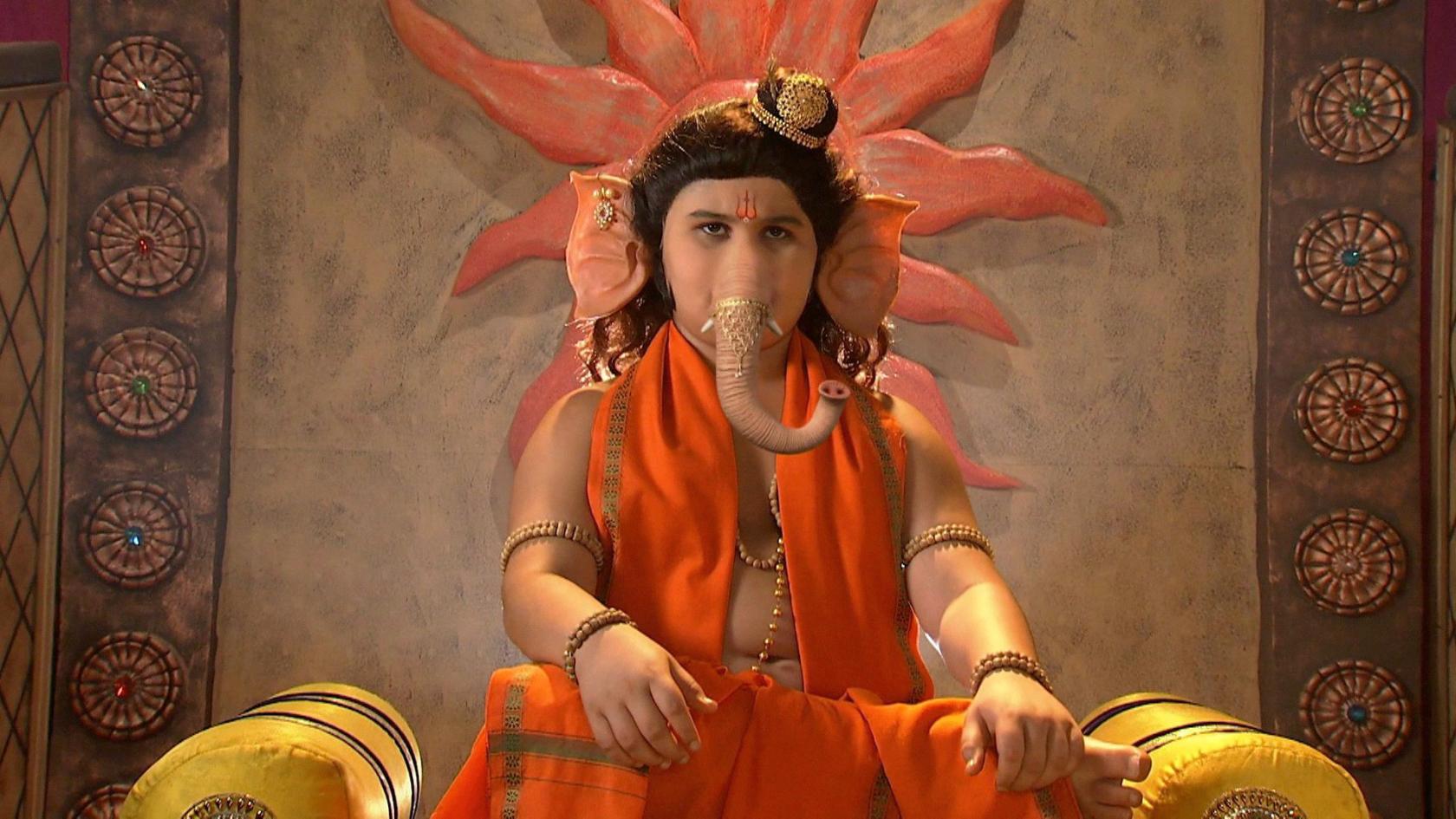

The kids feed the bird with their own hands. Anjana leaves to do puja after giving all the little balls of flour to the kids. They will trust it that you are their friends once you feed them. Anjana adds that this way they will become friends. He gives all his friends a few balls of flour. The kids reason that they were just trying to play with the birds. The mother was only protecting her babies. A mother feels the same in all the forms. Anjana explains that the big bird is the mother so it will not let anyone hurt her kids. Maruti shares what Dadhimukh was trying to do.

One of the kids tries to touch the bird but it pecks him. The babies of this bird are only 2 days old. They are very excited to see the little kids. Breathe.Maruti and his friends look at a bird’s nest.

This episode is also available on YouTube on my YouTube channel: Gayati. It then entreats Hanuman who is the eternal and most ardent devotee of Sita-Ram, who is known not only for his courage, but his ready generosity and compassion, to shower his Grace on all those who are sad, troubled and suffering. The bhajan is preceded by a couplet ('doha') from Goswami Tulsidas' enduringly popular prayer, the Sankat-Mochan Hanumanashtak.

It is believed by many devotees that, out of all deities, it is Hanuman who most quickly responds to distressed humankind in the prevailing difficult epoch of Kalyug. No, Chandra Vanshi King Yayaati the ancestor of King Kuru is not the same in the Surya Vanshi King Shri Rama Hanuman War. It has perhaps been most famously sung in modern times by the gifted devotional singer Late Shri Hari Om Sharan Written in the old colloquial ' Kharboli' /Awadhi of Uttar Pradesh, with its charming, spontaneous, fusion of words drawn from Sanskrit, local popular Prakrits, and including a smattering of indigenized Arabic and Persian words, the Bhajan beseeches Lord Hanuman for his Grace. This bhajan, adoring the powerful, beneficent deity Lord Hanuman, is a fine example of the North Indian Bhakti tradition.


 0 kommentar(er)
0 kommentar(er)
